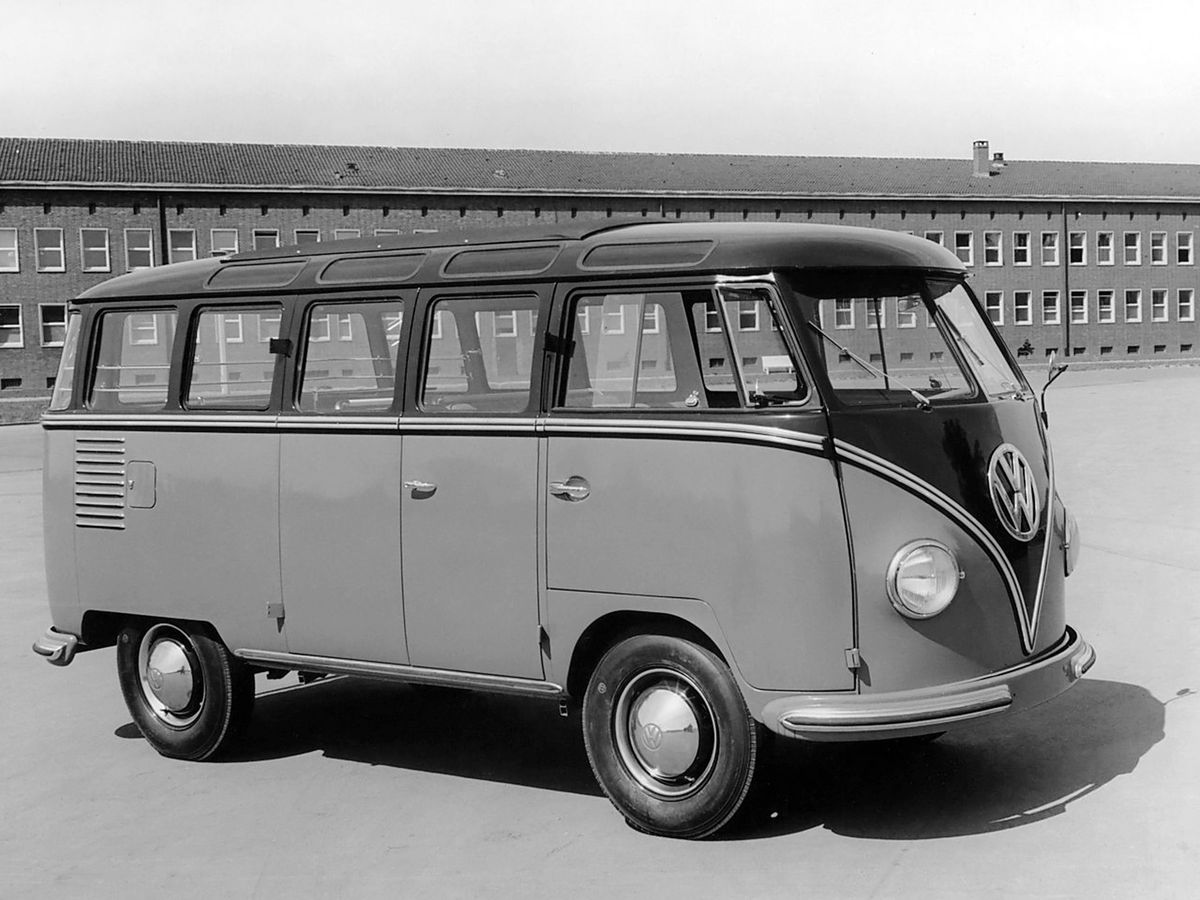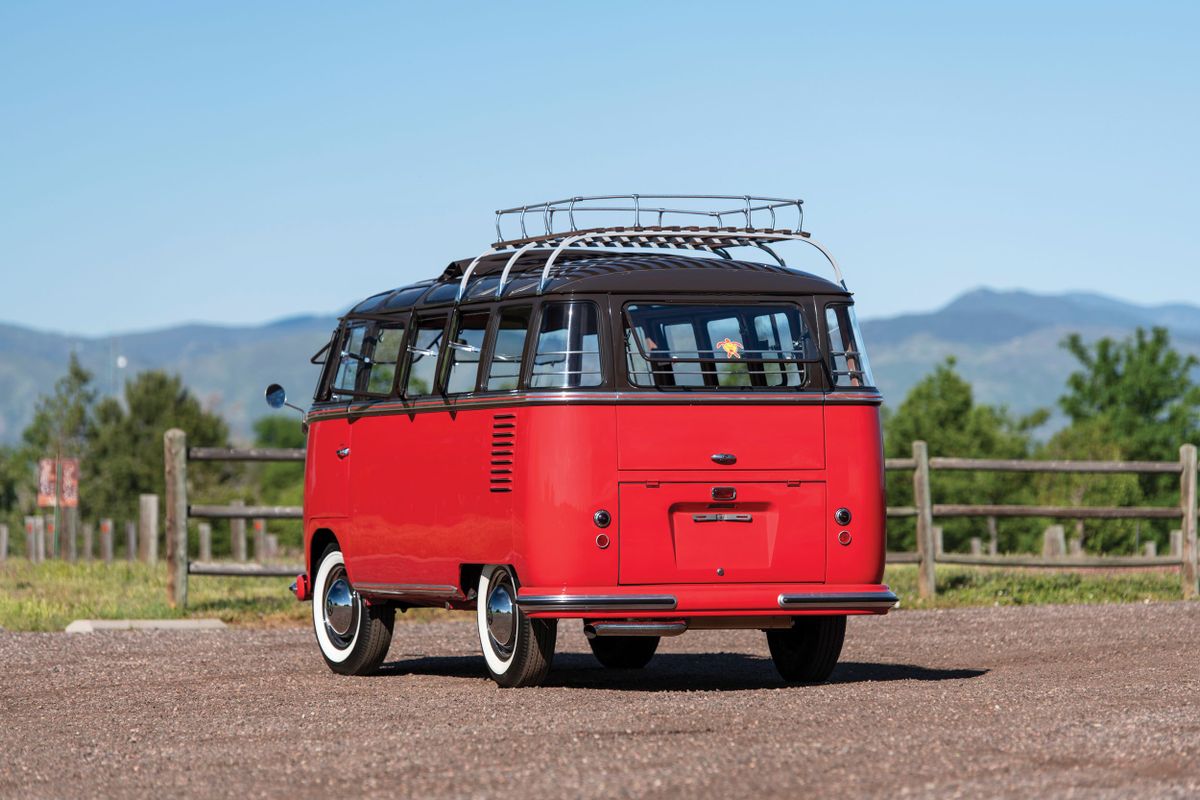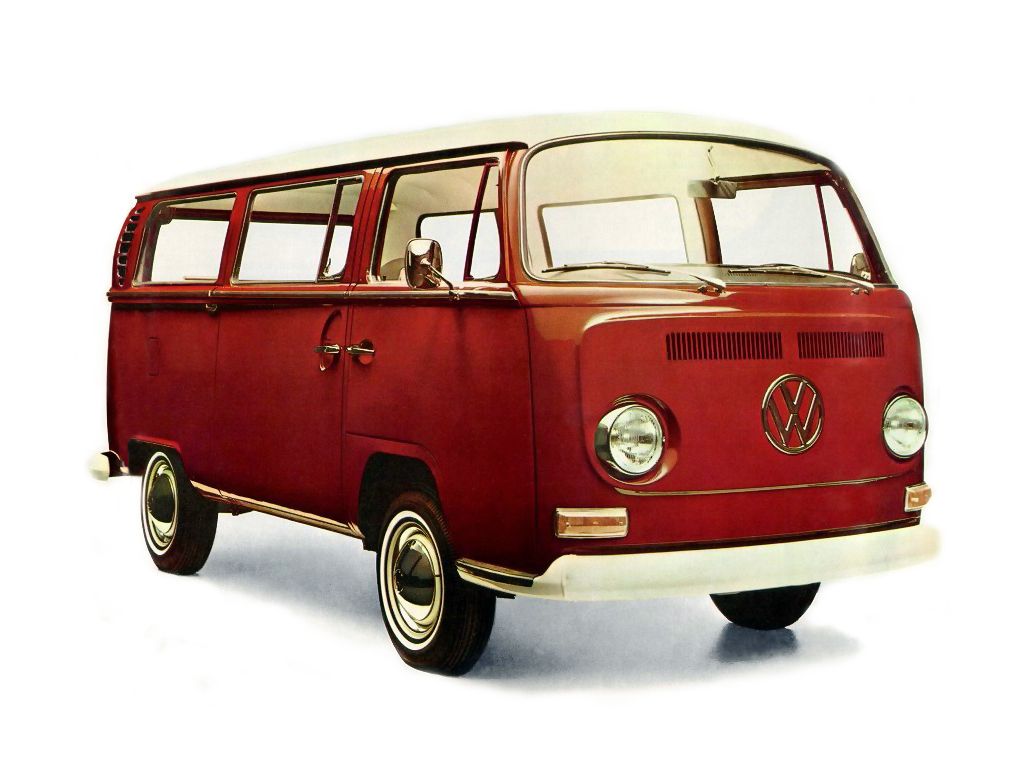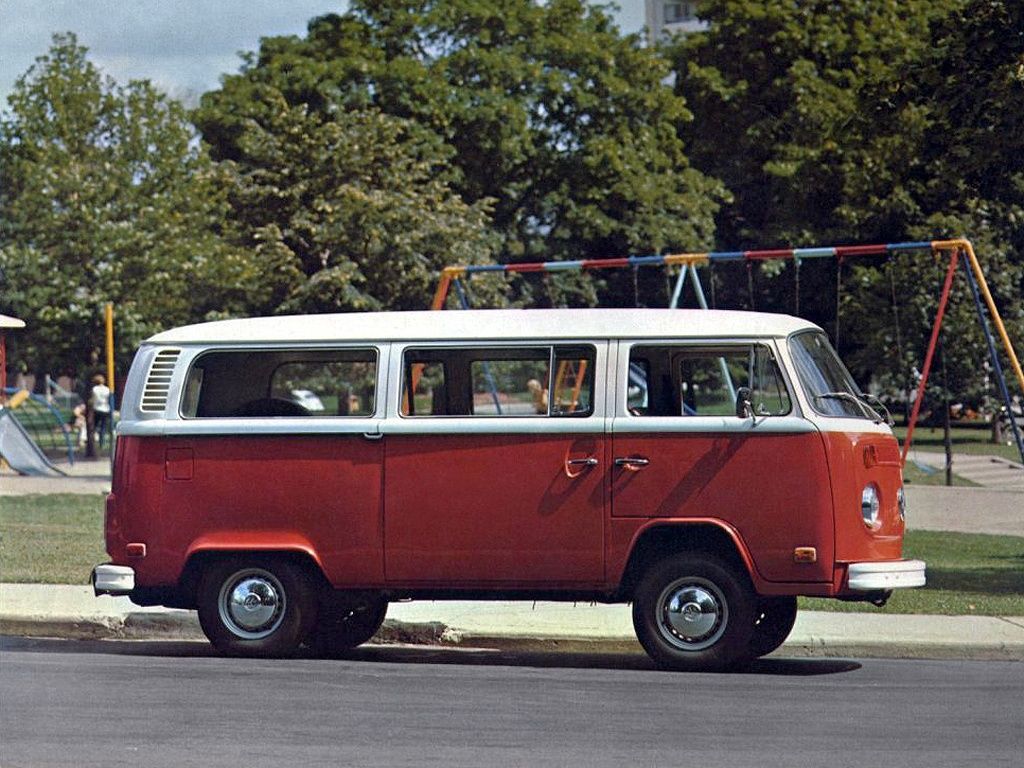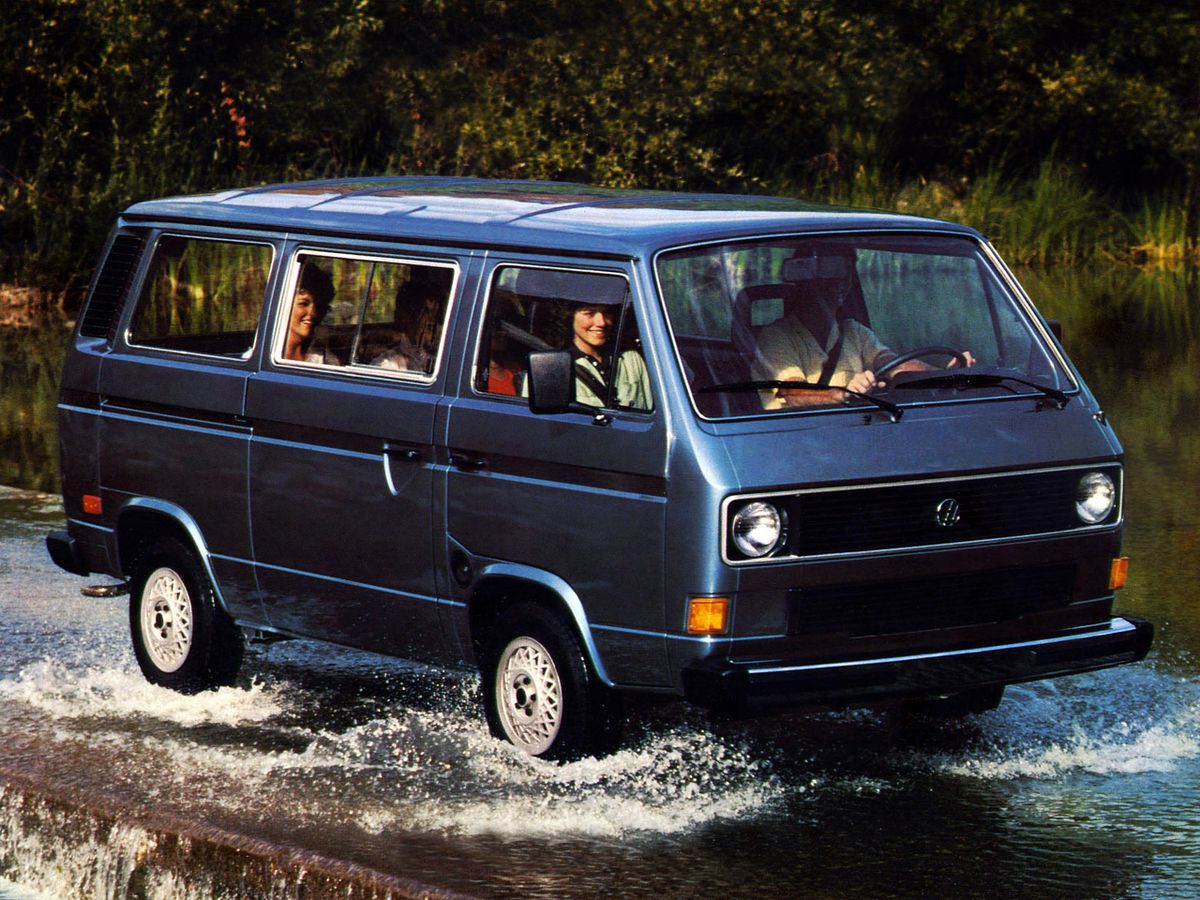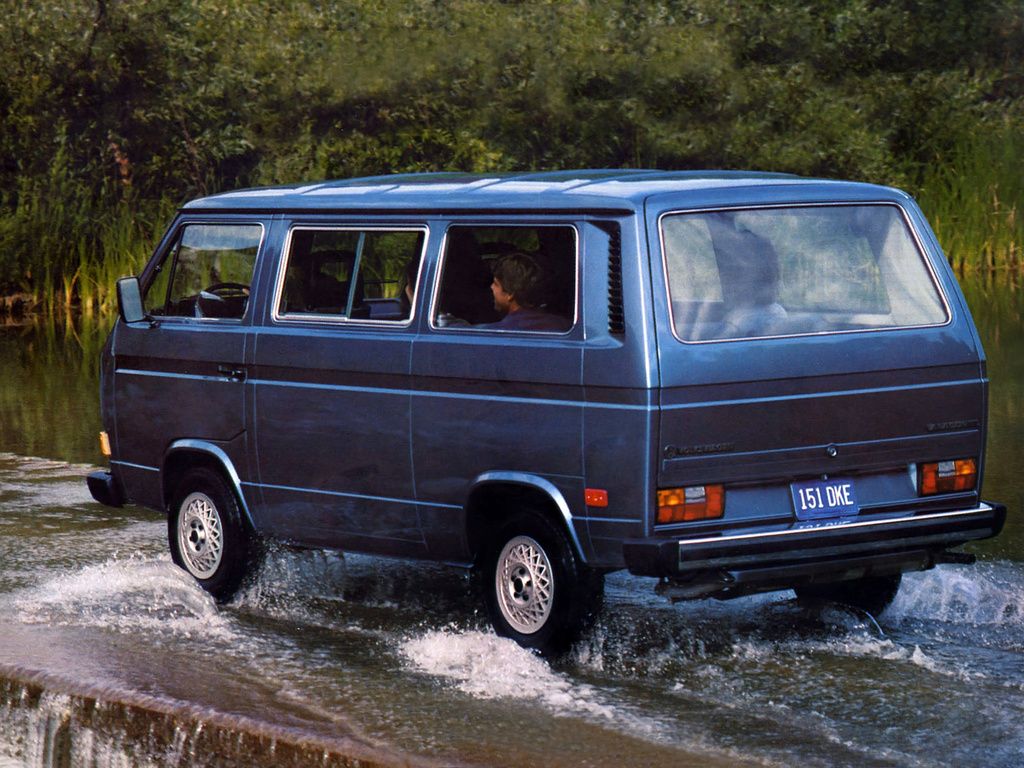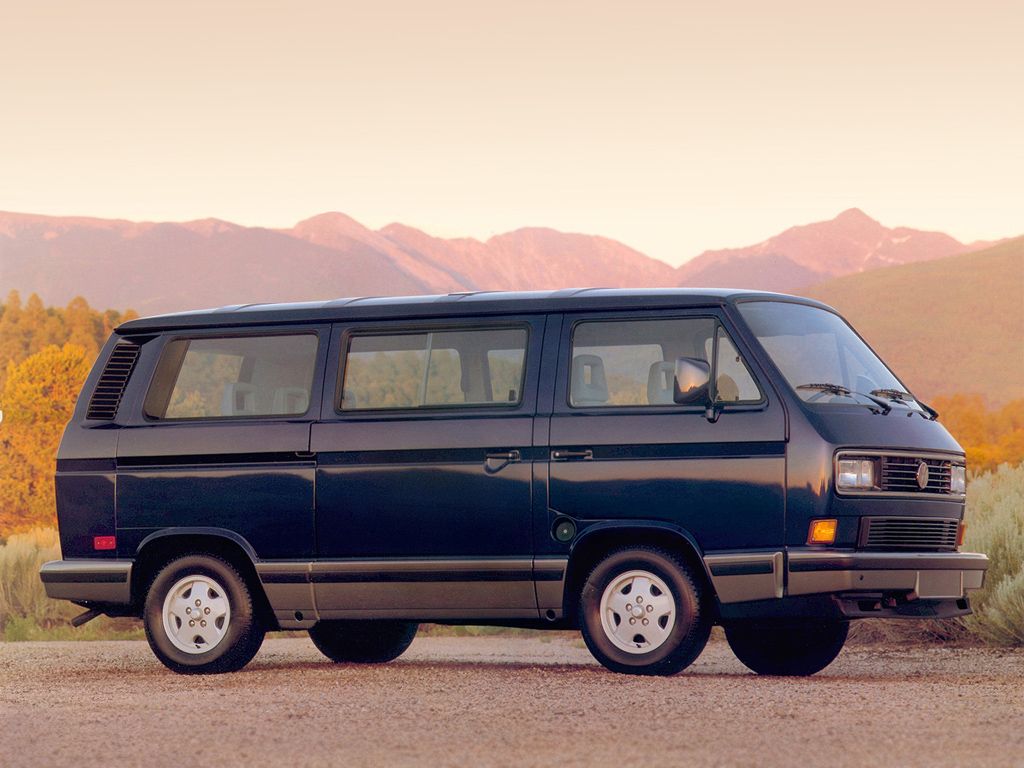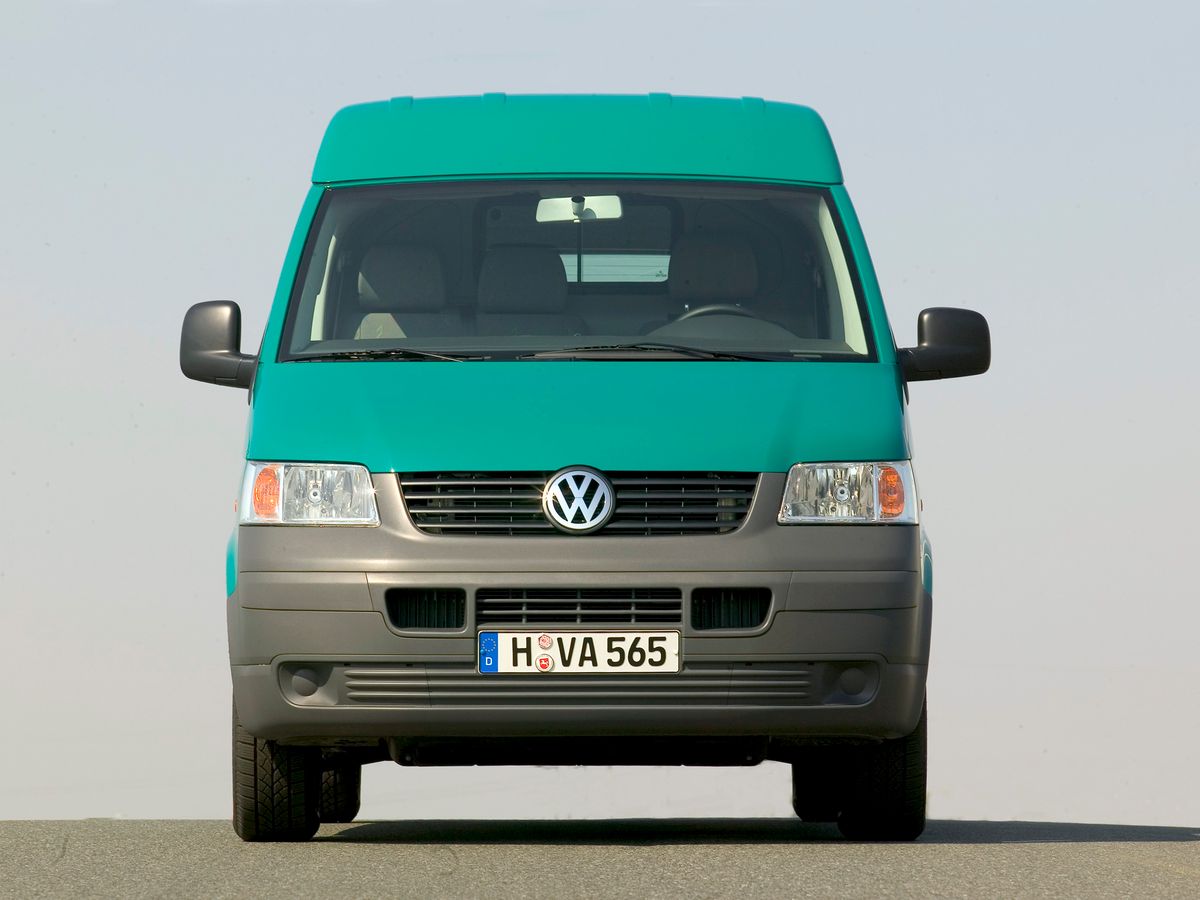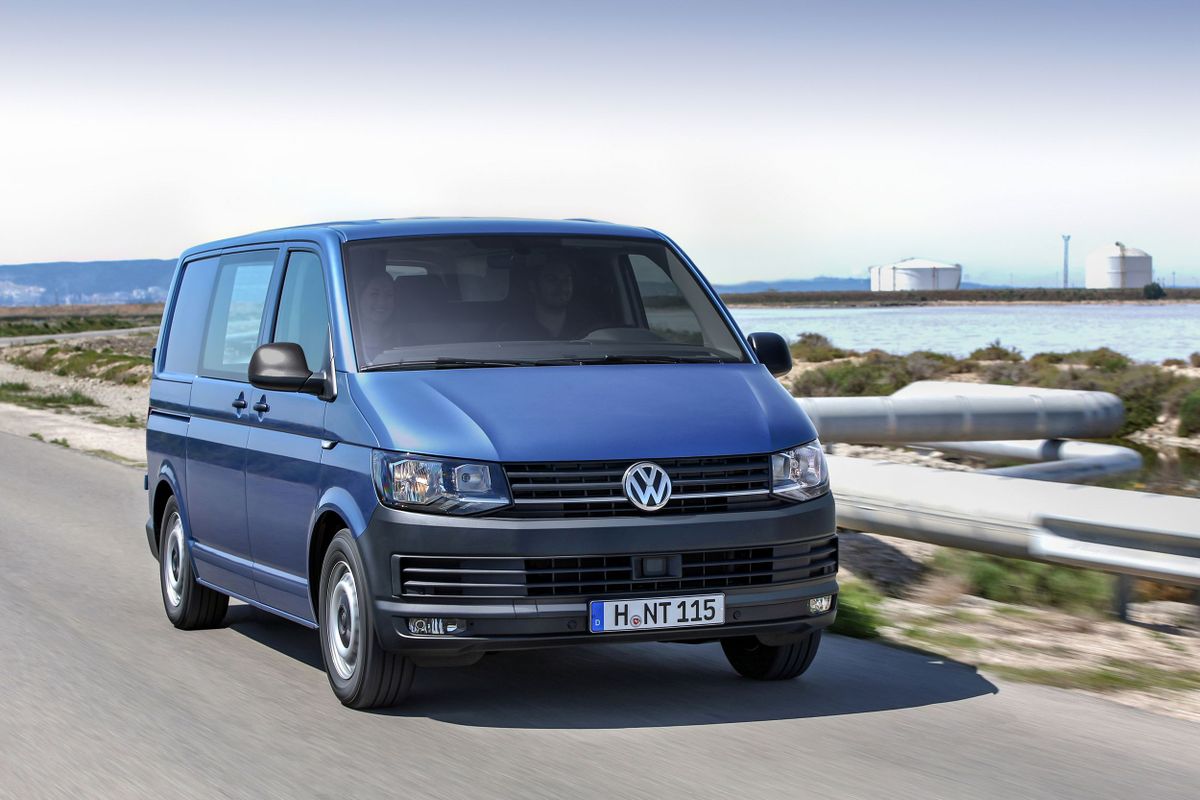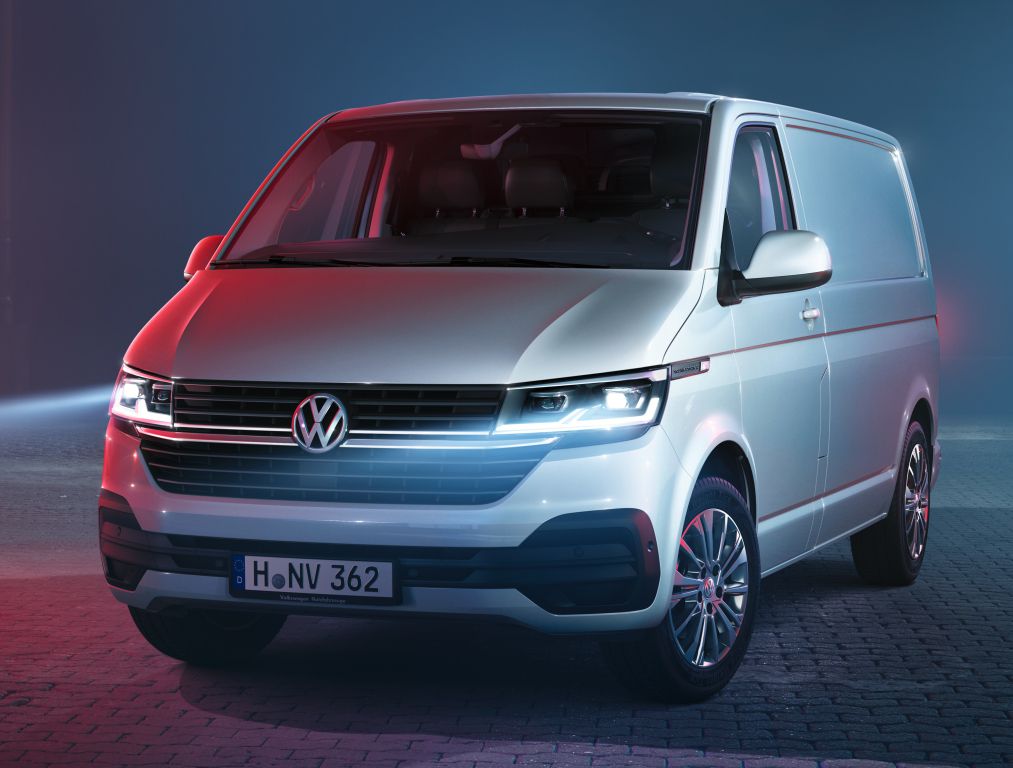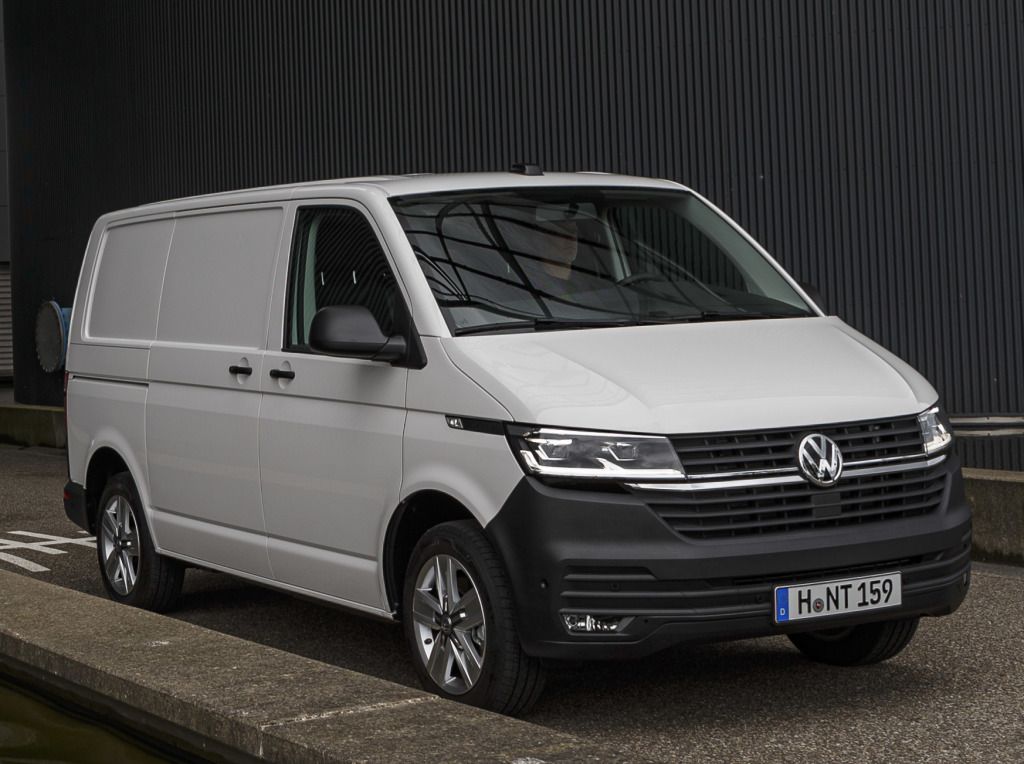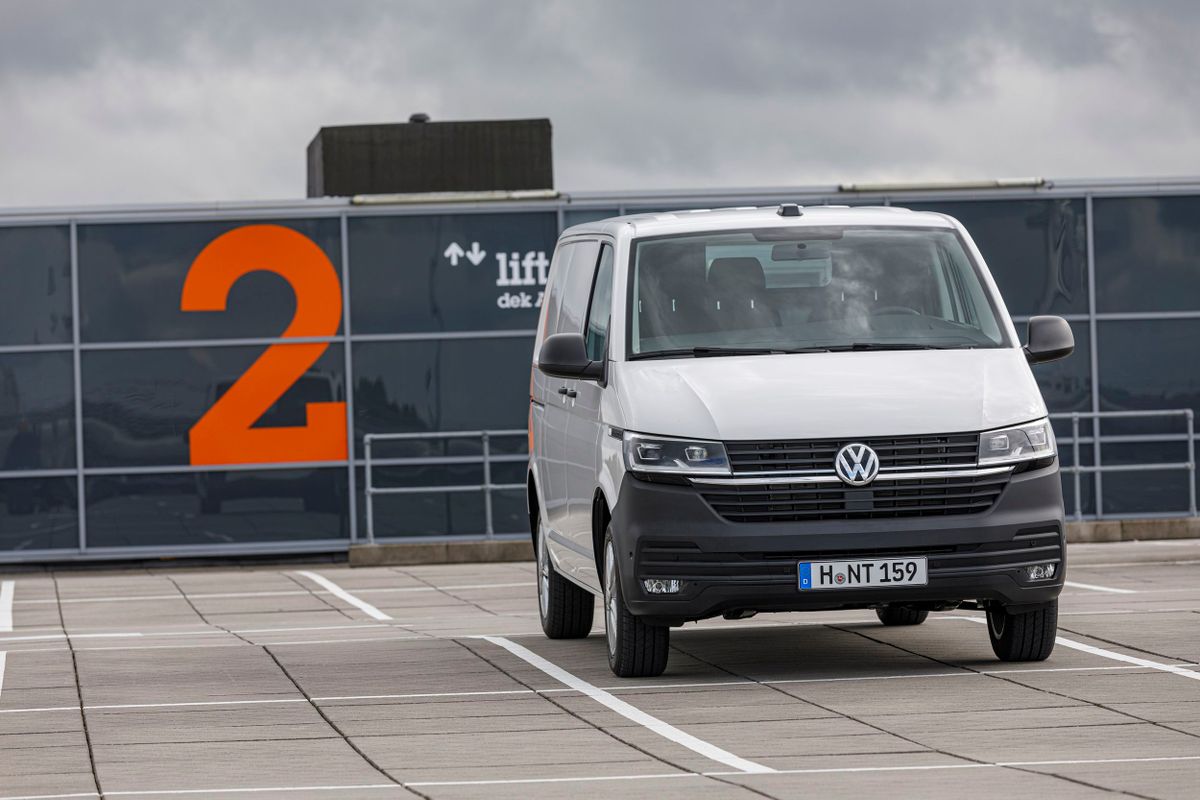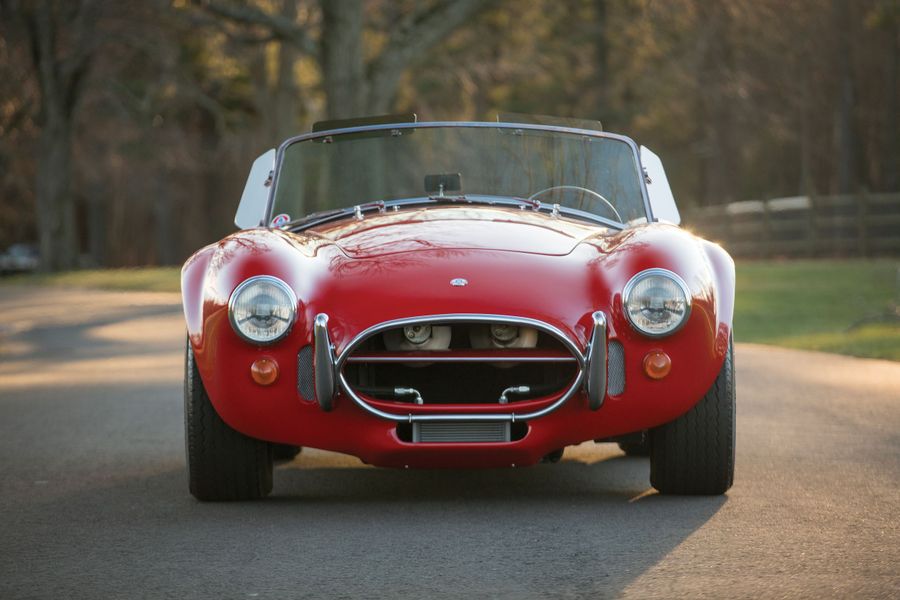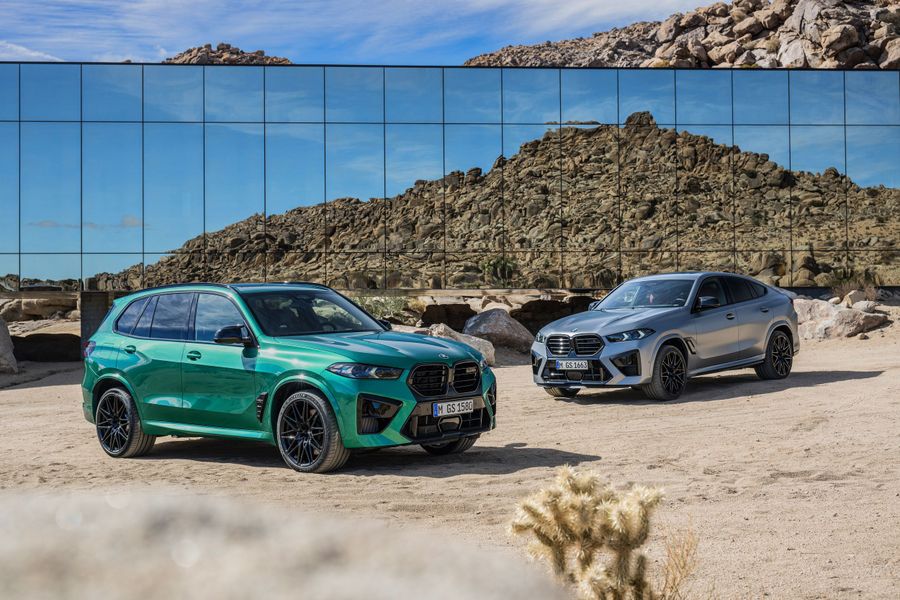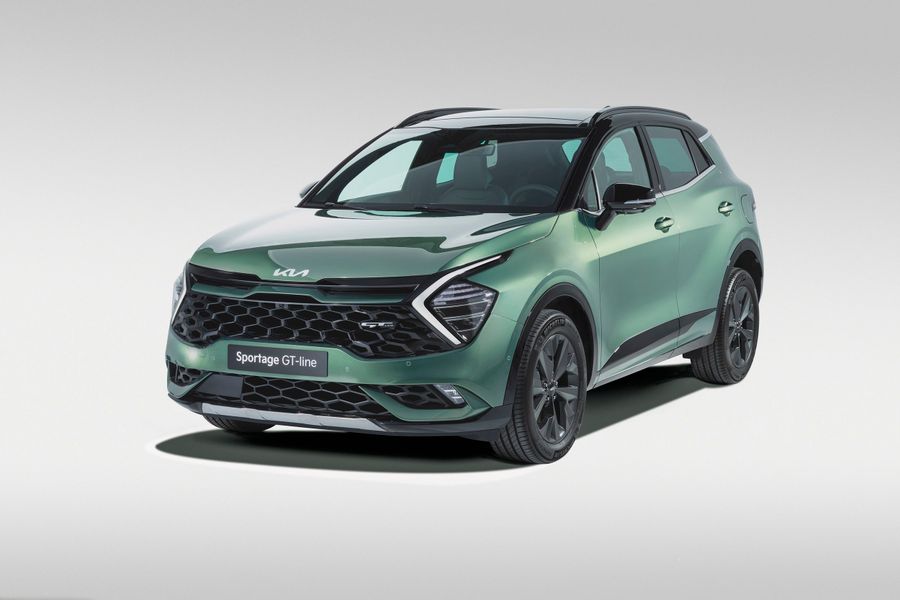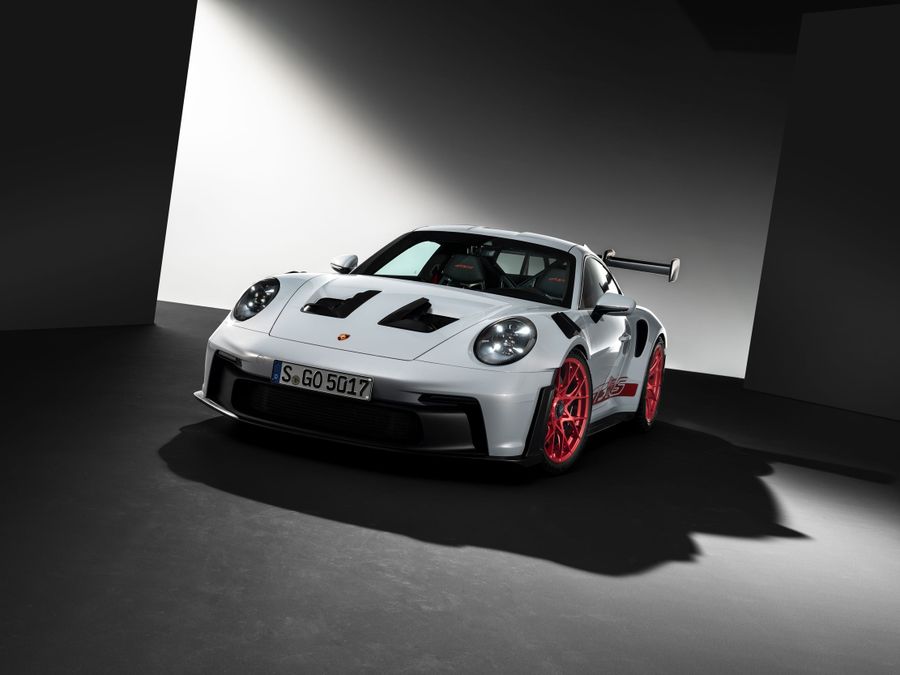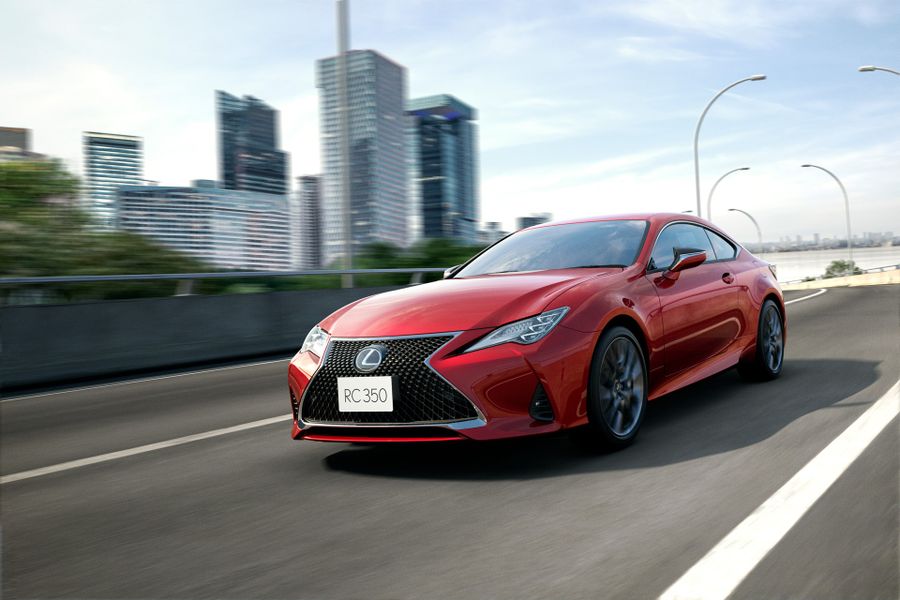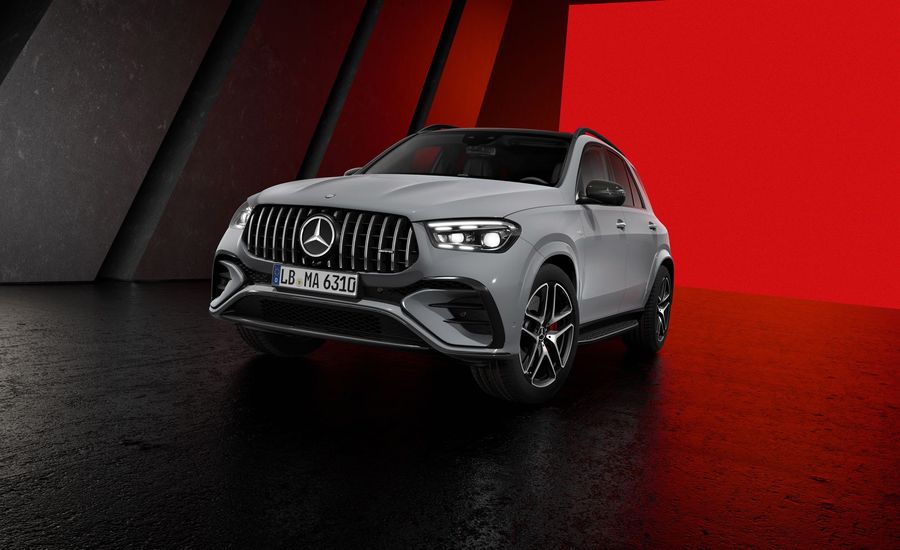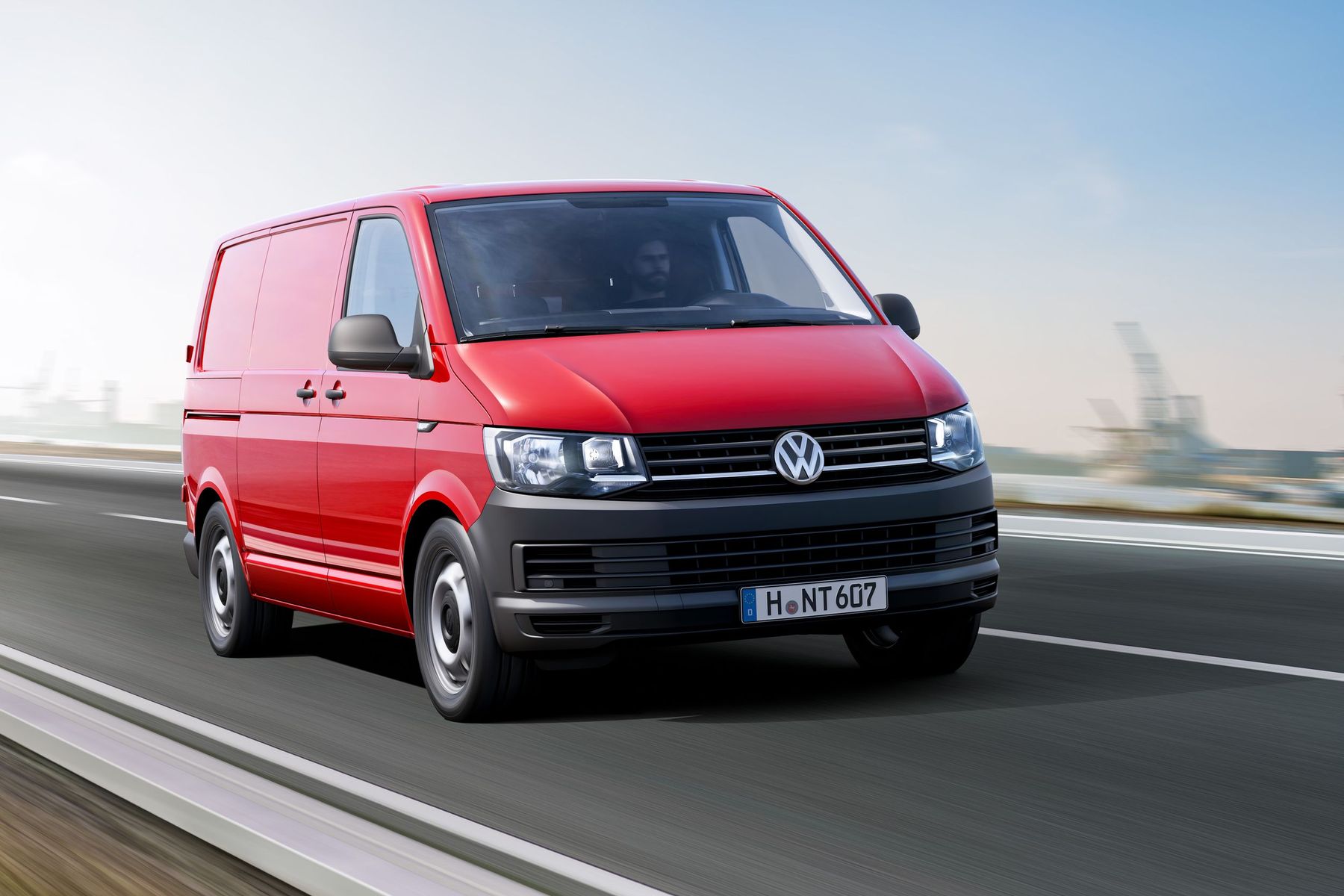
Bestseller in the van genre

The Volkswagen Transporter T1 is the first Volkswagen minivan, which can be purchased by ordinary citizens for their personal use. Over the years, the T1 has been subjected to numerous improvements and upgrades. The Transporter has six generations and an incredible history. This is not a simple vehicle but a sociocultural phenomenon.
The first generation
It was produced from 1950 to 1967. In the post-war years, the Dutch importer VW, Ben Pon, decided that it was time for a light commercial vehicle that could transport small and medium items, which would be very helpful for the recovery of buildings and structures. In April 1947, while visiting the Volkswagen plant in Wolfsburg, Ben Pon noticed a car platform with a rear driver’s seat, made on the basis of the VW Beetle chassis. Pon sketched the future car and showed his drawings to CEO Heinrich Nordhoff, who suddenly liked the amateur sketches. The production model of the van, called the T1 Transporter, was presented on November 12, 1949. At a press conference, Heinrich Nordhoff said:
Just as the Volkswagen Beetle, our car makes no compromises. Unlike any other model, our car has the loading platform exactly between the two axles. Front driver weight and equivalent engine and gas tank weight at the rear provide the best possible weight distribution. Axle loads are always the same, regardless of whether the car is fully or partially loaded.
The car with a carrying capacity of 890 kilograms turned out to be extremely successful. Throughout its 25-year history of production, the first Transporter acquired many modifications. The carrying capacity increased, special passenger versions appeared, and camping equipment was built into the car. This very car became a symbol of the hippie era, starred in many films (including modern ones) and was drawn by animators.
The T1 was used as a basis to create ambulances, police cars and much more. The power unit was also borrowed from the Beetle. It was a 4-cylinder engine generating only 25 hp. Later the van acquired more modern engines with 30-44 hp. At first, the brakes were drum, and then they were replaced by disc brakes. In Europe and the United States, the T1 was sold until 1967.
The second generation
It was produced from 1967 to 1979. The chassis and design of the second generation, named the T2, were quite similar to the T1. But the second Transporter received a more comfortable cab, a modified rear suspension and a more powerful engine (like the T1, air-cooled). A sliding side door on the right was standard. Of the more than 2.5 million T2 cars produced in Hanover, two-thirds were exported. There were many modifications: a 9-seater minibus, a sided flat truck with a simple or double cab, and special vehicles (ambulances, police cars, elevators, refrigerator, s cash-in-transit armored cars, etc.) and even a tourist version with camping equipment.
In 1972, cars started featuring a 1.7-liter boxer engine (66 hp), which could be equipped with a three-speed automatic transmission for an additional fee. From 1975 until the end of production, the T2 models were produced with two engines with the volume of 1.6 liters (50 hp) and 2 liters (70 hp). In 1979, the T2 production was discontinued in West Germany, but continued in Brazil (until 2013), Nigeria and South Africa (80-90s).
The third generation
It was produced from 1979 to 1992 and became the latest generation of rear-wheel-drive model with the rear mounting of air-cooled engine. In 1982, the air-cooled models were replaced by water-cooled models. The T3 was first produced with two petrol boxer engines, and in 1981, a 37 kW diesel engine appeared.
The T3 was the first VW minivan to be developed from scratch and featured many new technical solutions, including a gear steering rack, a double wishbone front suspension with coil springs, a rear axle with oblique levers and coil springs, and a spare wheel located on a special mount under the nose of the car. The new Transporter was much more spacious: the wheelbase and length increased by 60 mm. The T3 was 12.5 cm wider than its predecessor, and the rear floor was lowered 40 cm from the ground, which resulted in a more spacious interior.
The Transporter acquired many modifications. The carrying capacity increased, special passenger versions appeared, and camping equipment was built into the car.
Since 1979, the following Transporter body options were available: sided flat truck with a single (for 2-3 people) or double cab (for 5-6 people); a cargo van with a closed body and a cabin for 2 or 3 people; 9-seater minibus; 9-seater minibus with improved interior decoration.
Moreover, the plant offered ambulances, campers (‘Westfalia’) and fire brigade vehicles in various designs. The VW T3 was the first for the LCV segment to offer a huge selection of optional equipment, including power windows, electric door mirrors, central locking, tachometer, heated seats, rear wipers, washers and headlight washers, a retractable step under the sliding side door, and, since 1985, air conditioning and four-wheel drive for the Syncro model. The Syncro version was based on the Austrian military van Pinzgauer, produced since 1965. The viscous coupling that connected the front axle was quite reliable and easy to use, which ensured it a long life on many Volkswagen vehicles. Since 1986, anti-lock braking system (ABS) could be optionally installed on the T3.
The fourth generation
It was produced from 1990 to 2003. The T4 series was the first to feature a front engine and front-wheel drive (later all-wheel drive) transmission. The T4 was produced with two wheelbases: standard and long, and with different roof heights. The rear suspension was compact, with coil springs above the rear wishbones, which reduced the loading height. The T4 was produced in six types of bodies: a van with a metal body; Kombi Van or Half-Panel (with windows in the central section between the 2nd and 3rd pillars); Caravelle and Multivan (with panoramic windows); camper Westfalia; a sided flat truck with a double 5-seater cab and a sided flat truck with a three-seater cab, with a side platform of different widths or various box vans.
Based on the T4, Volkswagen created a line of Caravelle, California and Multivan passenger models, which differed from the original by comfort and luxury trim. The T4 series was very widespread throughout Europe.
The fifth generation
It was produced from 2003 to 2015. The T5 had a front-wheel drive configuration with a transverse engine. The gear lever moved to the dashboard. More expensive models (Caravelle, Multivan, California) could be distinguished from the usual Transporters by chrome stripes on the body. The T5 was powered by modern turbocharged diesel direct injection engines. The models equipped with 5- and 6-cylinder engines came with an automatic transmission and all-wheel drive.
The most luxurious version of the T5 was the Multivan Business. Its standard equipment included bi-xenon headlights, GPS navigation system, automatic climate control, electric sliding doors, refrigerator, table in the center of the cabin, various entertainment systems, etc. From mid-2007, the Multivan was offered with a longer wheelbase of 5.29 meters.
In 2010, the car was modernized. The lighting equipment, interior, hood, front fenders, bumpers, side mirrors and a radiator grill were changed. The range of engines was completely changed. Therefore, the Transporters received petrol and diesel engines with a volume of 2 and 2.5 liters with different power output. For the first time, a double turbocharging option appeared on minibuses.
The sixth generation
It has been produced from 2015 to the present, and was restyled in 2019 (as of 2021). The T6 has actually become a deeply modernized T5. The modifications include: closed van; 9-seater minibus; sided flat truck with conventional or double cab; extended platform truck; special vehicles (ambulance, police, elevator, refrigerator, cash-in-transit armored vehicle, etc.); models with large hinged side doors instead of sliding doors; tourist Camper.
The 2019/2020 Volkswagen Transporter is available in four variants: an all-metal commercial van, a double cab pickup, a Kombi passenger and a sided flat truck (the latter is not supplied to Israel)
In 2019, the car was restyled, acquiring new radiator grille, bumper, and headlights. The interior has been completely renewed. The main technical innovation is the electromechanical power steering instead of the hydraulic one. To increase safety, a stabilization system for strong side winds has been included as standard. Currently, versions are available with 2-liter diesel engines, manual gearbox or DSG, with front-wheel drive and all-wheel drive. The restyled 2019/2020 Volkswagen Transporter is available in four variants: an all-metal commercial van, a double cab pickup, a Kombi passenger and a sided flat truck (the latter is not supplied to Israel).
The interior features a new instrument cluster that offers more storage space; new multifunction steering wheel and dashboard; more functional doors with enlarged pockets. The equipment includes heated electric mirrors, air conditioning, an on-board computer and a color display in the tidy, stain-resistant upholstery fabric, 12V and 230V sockets, two USB C connectors for charging mobile devices. The list of options includes wireless charging and digital dashboard with a diagonal of 10.25 inches. The 8-inch Discover Media navigation system supports voice control, smartphone integration (App-Connect) and online navigation. Depending on the version, the first row can be 2 or 3-seater (there is a lockable storage compartment under the double passenger seat). The rear doors can be hinged (optional for Transporter with normal roof and standard with high). Average fuel consumption varies from 6.8 to 7.7 liters per 100 km.
The front and rear suspensions of the 2020/2021 Volkswagen Transporter are independent. There are disc brakes (the front ones are ventilated). The electronic package of active safety and ESP includes an electronic differential lock, traction control (the traction control system can be disabled), and hill start assist. The list of equipment also includes an emergency braking assistant and an automatic post-emergency braking system, a set of side airbags and curtain airbags, a parking autopilot, a blind spot monitoring system, including reversing assist, adaptive cruise control, as well as hill descent control.


